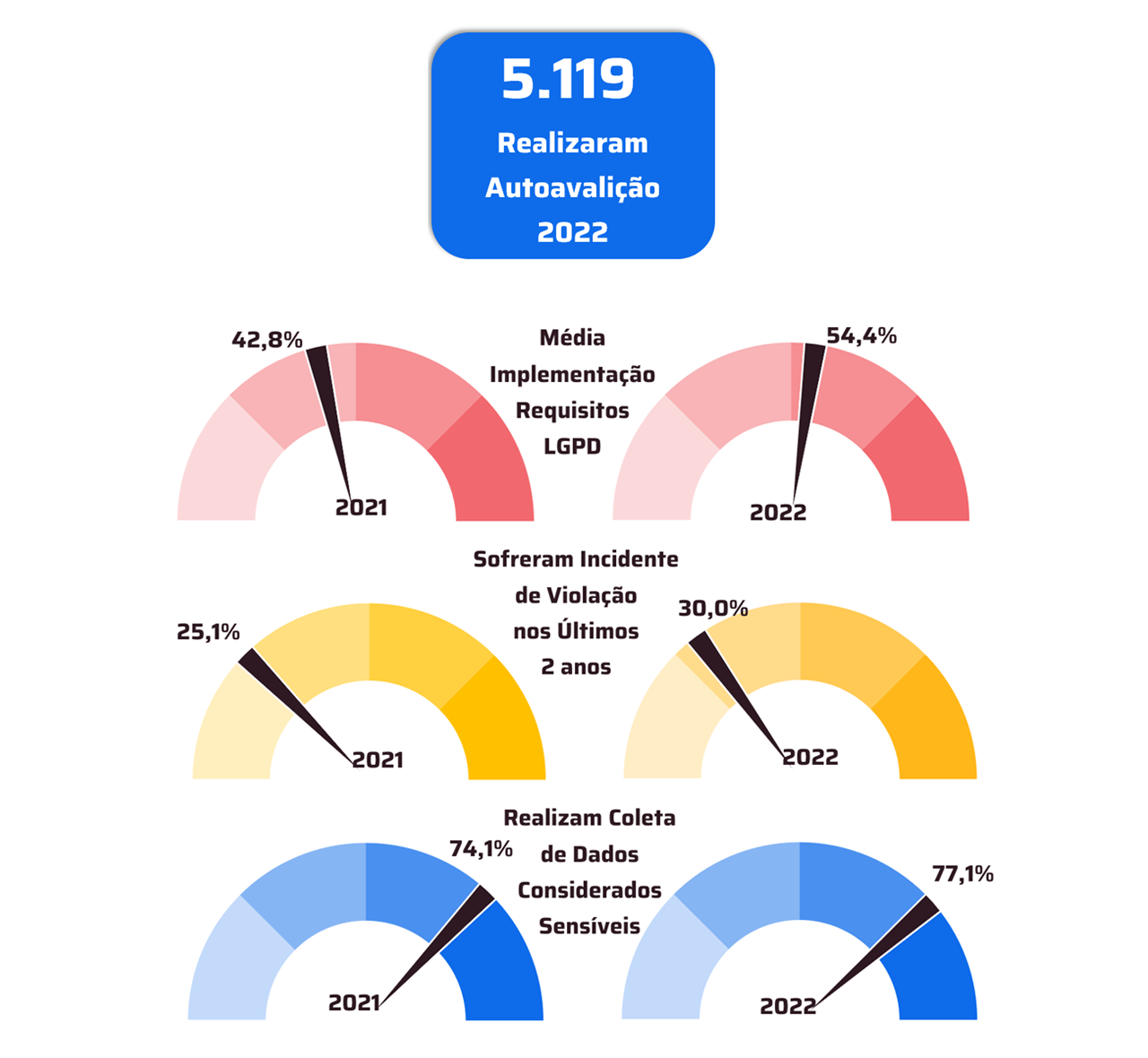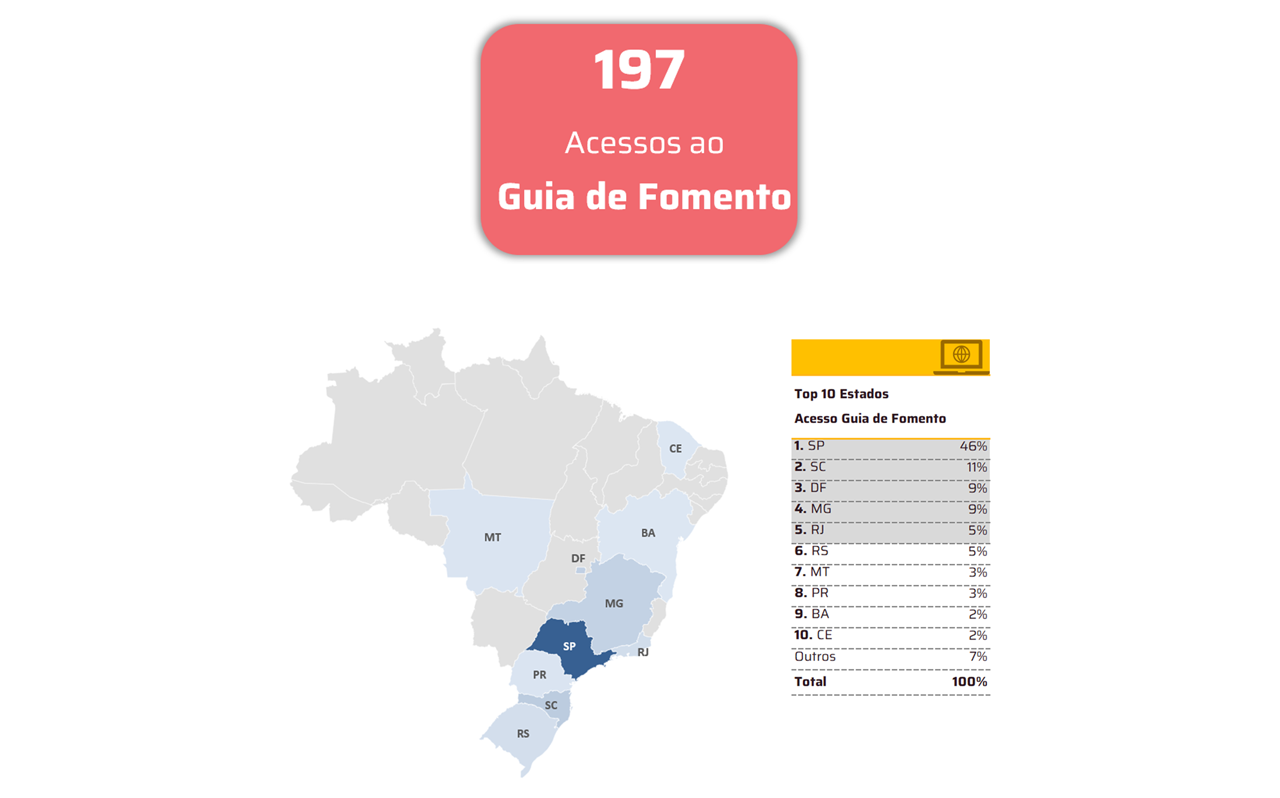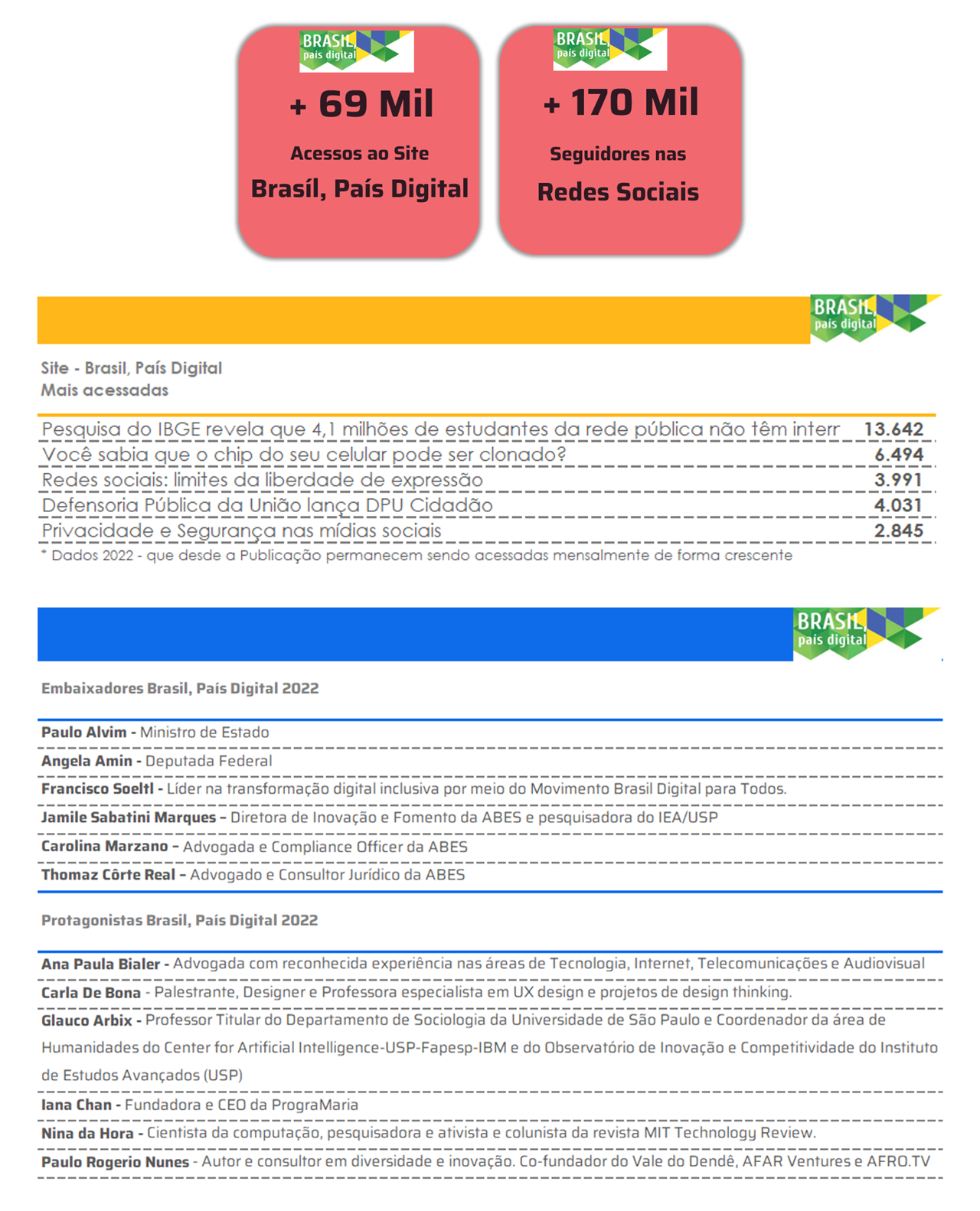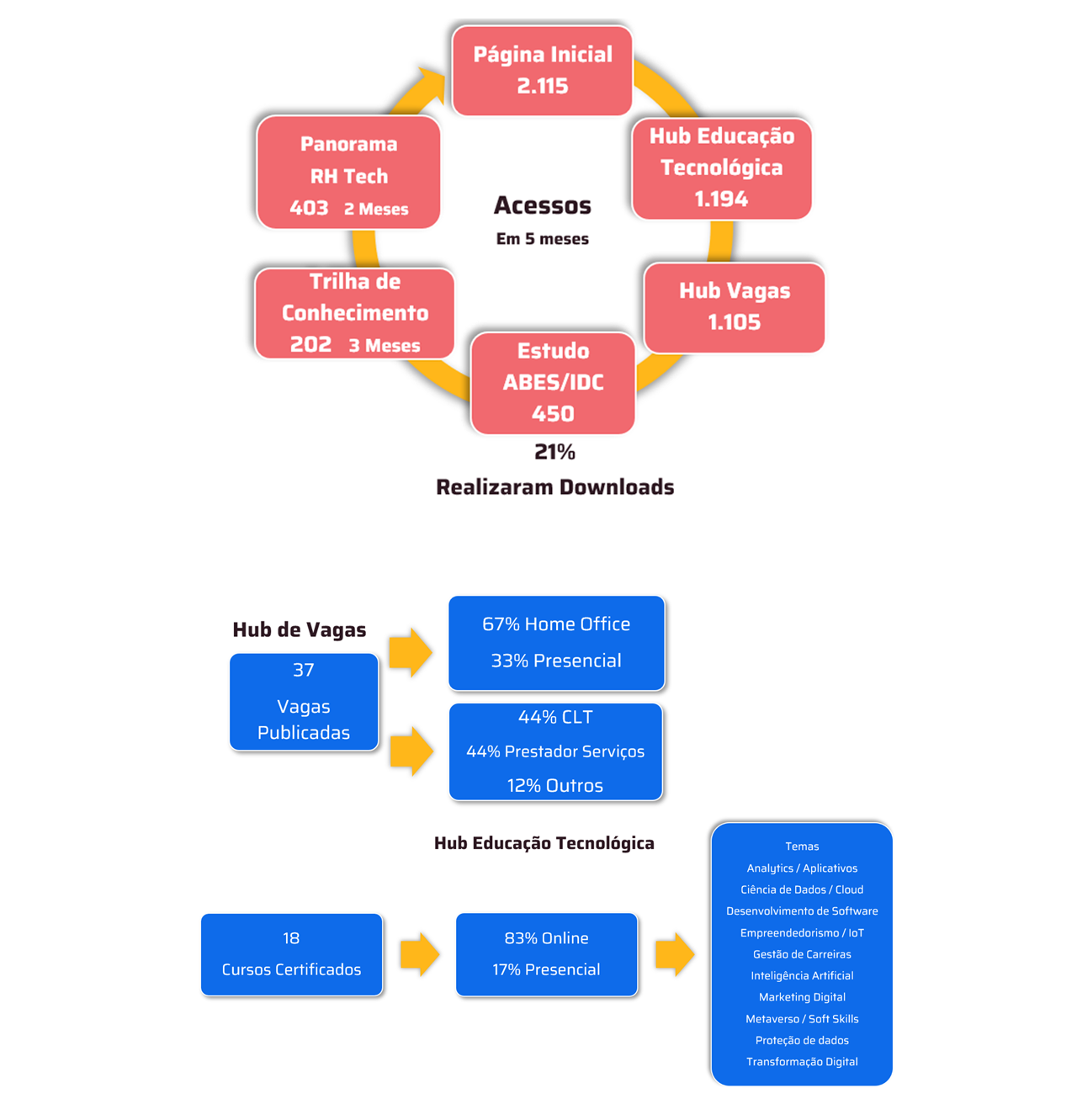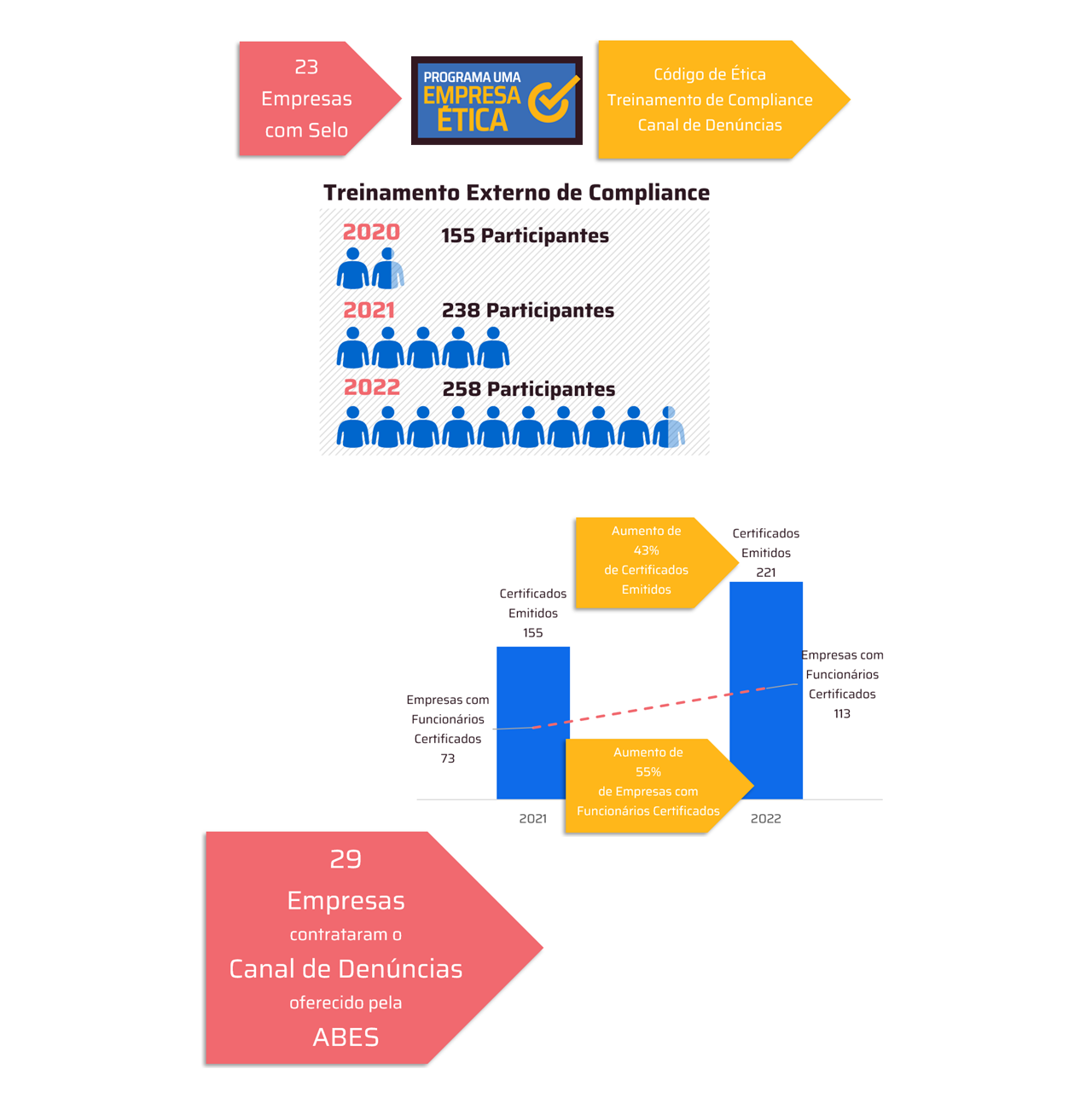Digital platforms reshape the sphere of circulation and change the architecture of global exchange
 *By Victo Silva
*By Victo Silva
Recent debates about the future of globalization are increasingly framed through the lens of “deglobalization.” Analysts point to declining trade-to-GDP ratios, the regionalization of supply chains, and nationalist backlashes as evidence that the long arc of economic integration may be reversing. Some disagree with the deglobalization hypothesis, focusing instead on the rising proportion of exported services to GDP (Baldwin et al., 2024). According to these authors, globalization is not retreating, but merely adjusting to a predominantly service-based global economy.
The point is that both proponents and detractors of the deglobalization hypothesis base their arguments on the same material: trade statistics. These metrics fail to capture the qualitative transformation of globalization that is reshaping the way value, knowledge, and interaction circulate across borders. At the heart of this shift is the emergence of digital platforms, such as Google, Instagram, TikTok, and Kwai, which enable flows of services, data, and culture that circulate in different forms and through different layers of value circulation (Caliskan). et al., 2025). These flows are not reflected in trade statistics (e.g., digitally provided services), but they are fundamental to global economic interdependence.
We argue that while visible and monetary globalization may be waning, a new form of invisible globalization is intensifying. Enabled by digital infrastructures and organized by platform logics, this regime transcends conventional market metrics. It connects billions of users and businesses across borders through services structured by data extraction, behavior tracking, and proprietary monetization architectures. Platforms do not simply mediate global flows; they reshape the very architecture of globalization. These methods of accumulation circulate in other layers enabled by digital platforms: donation and barter complement exchanges (Caliskan). et al., 2025).
By integrating actors into layered, algorithmically governed ecosystems, platforms foster a form of globalization that is largely invisible to existing measurement frameworks. Beyond the material reality of trade slowdowns or geopolitical fragmentation, we emphasize that globalization is not receding: it is transforming. To understand its current and future trajectory, we must look at how globalization is structured and experienced. This requires attention to the non-monetary, infrastructural, and data-intensive dimensions of international interaction, where the logic of platforms is increasingly dominant.
Convenient measurement
Most official trade statistics (eg., World Trade Organization, Organization for Economic Cooperation and Development) measures digitally delivered services based on commercial transactions. This means they include paid digital services (e.g., cloud computing, internet subscriptions, software-as-a-service, streaming service subscriptions, online consulting). They exclude free digital services, even if they are cross-border and widely consumed, because there is no monetary transaction to be recorded. These "free" services are typically funded through advertising or data monetization, which is difficult to allocate geographically and is usually recorded as part of other service categories (e.g., advertising services or intellectual property royalties).
This means that current statistics on digitally delivered services significantly underestimate the true volume of international digital service consumption and the economic value generated by platforms offering free services. While these services are free to users, they generate real value (e.g., educational videos, search results, news); they support advertising revenues that cross borders; and they extract user data as a non-monetary payment, which can be monetized elsewhere. Therefore, in economic terms, these are non-monetary exchanges that underpin much of platform-driven digital globalization, but are invisible in trade statistics.
The World Trade Organization recognizes the existence of non-monetary digital flows and suggests that, to some extent, these transactions are already priced in available statistics. At the same time, they acknowledge that “At the time of writing, research is underway to better understand and quantify these flows, given their importance in supporting economic transactions” (WTO, 2023, p. 29). It is possible to improve quantification through approximations or to consider the price as given through statistics based on digital platforms' advertising revenue. Even so, the qualitative nature of this globalization escapes these efforts. And a new network of flows of knowledge, ideas, and culture is taking shape outside of statistics and within the walled gardens of some digital platforms.
The unmeasured core of globalizationare invisible
Most digital services used globally are free at the point of consumption. Billions of people access foreign search engines, social media feeds, encyclopedias, video platforms, and messaging services without paying, and thus these economic interactions remain invisible to GDP and trade balances.
Platforms offer these services by monetizing user data and attention rather than access to the service itself. Therefore, free platform use is neither "free" nor valueless. It represents a non-monetary transaction in which users exchange behavioral data and attention in exchange for digital functionality, convenience, and content. These interactions, while global in nature and consequently economic, escape the statistical apparatus of commerce.
YouTube, Bluesky, and TikTok offer services that enable international communication and collaboration, facilitate global knowledge dissemination and cultural exchange, and support digital entrepreneurship (e.g., content creators, influencers, micro-exporters). These platforms act as informal infrastructure for global trade, even though no payment occurs at the point of use. Italian researchers have called them “orthogonal platforms” (Trabucchi & Buganza, 2022) because they manage to extract value from “two different value propositions.” Ultimately, users are exchanging services for attention. The platform functions as a venue for exchange, not as a traditional money market intermediary; but this terminology (barter) escaped the Italian researchers.
The opacity of platforms as global infrastructures
Platforms function as intermediaries, but they also constitute the infrastructure through which global flows of services, knowledge, and data are organized. They shape how actors interact with each other, how visibility and discoverability are assigned, and how economic opportunities are distributed.
The concept of “stacked economiation” (Caliskan et al., 2025) is useful here. It refers to the way platforms layer different modes of economic coordination, including gifts, barter, exchange, and market exchange. A platform like YouTube enables non-monetary cultural exchange, peer-to-peer interaction, and data-driven advertising in the same digital space. The result is a multifaceted form of globalization, in which the boundaries between consumption, production, and participation blur.
This layered arrangement allows platforms to integrate diverse actors into global value creation circuits without traditional monetary intermediaries. Participation in these ecosystems can be monetized (e.g., through advertising, influencer partnerships, or subscription models), but it can also remain unpaid or even unrecognized as work.
This form of globalization is difficult to see, let alone govern. National statistical agencies do not track free services consumed across borders. GDP and trade measures do not capture the economic value generated by users who contribute to platform ecosystems (Brynjolfsson et al., 2019). And many platform-based interactions operate through proprietary algorithms and private data architectures, making them inaccessible to public scrutiny.

The result is a growing disconnect between where value is generated and where it is recorded. A user in Brazil who generates advertising revenue for a US-based platform constitutes an export of attention and data, but will not appear in Brazil's services export figures. Similarly, a small company in Indonesia that acquires digital services through open-source platforms, or that expands through the visibility of TikTok, integrates into global innovation and commerce circuits with minimal official registration.
Elements of sixteenth-century mercantile globalization, such as the bartering that occurred in the emporiums of Antwerp, seem to have been re-enacted in their digital form. Indeed, globalization has never been merely a matter of monetary flows. Alongside it have always been flows of other kinds, such as knowledge, ideas, and information (Pye, 2021). In Caliskan's terms, et al. (2025) the platform is a exploratory, where diverse flows intersect. These are the mercantile cities of the 21st century, where trading posts, warehouses, emporiums, and all things commercial intertwine with ideas, global services, and a struggle for monopoly over the right to mediate all these flows. Thus, a globalization is created that is simultaneously expansive and barely visible.
Implications for theory and policy
Invisible globalization has implications for how we theorize global integration and how we design policies to shape its outcomes. First, it challenges the dominance of trade-based metrics as indicators of globalization. Concepts like GDP-B (Brynjolfsson et al., 2019), digital services taxes, and platform audits are nascent efforts in this direction. We need constructs that take into account the informational, relational, and infrastructural forms of value creation that go beyond markets.
Second, this raises questions about the governance of benefits and burdens. If user attention and behavioral data are global commodities, who owns them? Who governs the infrastructures through which they are extracted and monetized? And how can countries or communities negotiate their terms of participation in digital ecosystems dominated by a few transnational corporations?
Third, digital policy needs to be updated to address this new context. If globalization occurs through platform infrastructures, discussing the international integration of developing economies through global value chains is no longer sufficient. Trade and industrial policies (Bianchi & Labory, 2018) need to be improved.
Rather than interpreting current trends as evidence of deglobalization, we propose that globalization is undergoing a qualitative shift. Data, knowledge, ideas, (mis)information, and yes, also digitalized services, have never been more global. As digital platforms become the dominant infrastructure for cross-border interaction, they give rise to a new form of economic integration: one that is profoundly global, largely non-monetary, and statistically invisible.
*Victo Silva is a researcher at ABES Think Tank and Postdoctoral fellow at Radboud University (Netherlands). PhD in Science and Technology Policy from the State University of Campinas (2022), Master in Science and Technology Policy from the State University of Campinas (2018).
Notice: The opinion presented in this article is the responsibility of its author and not of ABES - Brazilian Association of Software Companies
Article originally published on the IT Forum website: https://itforum.com.br/colunas/globalizacao-invisivel/
References
Baldwin et al. (2024). Deconstructing Deglobalization: The Future of Trade is in Intermediate Services. Asian Economic Policy Review, 19, p. 18–37
Bianchi, P., & Labory, S. (2018). Industrial policy for the manufacturing revolution: Perspectives on digital globalization. Edward Elgar.
Brynjolfsson, E., Collis, A., & Eggers, F. (2019). GDP-B: Accounting for the value of new and free goods in the digital economy. AEA Papers and Proceedings, 109, p. 371–375.
Caliskan, K., MacKenzie, D., & Callon, M. (2025). Stacked economy: A research program for the study of platforms. Journal of Cultural Economy, 18(2), p. 304–331.
WTO (2023). Handbook on measuring digital trade. 2nd edition.
Pye, M, (2021). Antwerp: the glory years. Allen Lane.
Trabucchi, D., & Buganza, (2022). Landlords with no lands: a systematic literature review on hybrid multi-sided platforms and platform thinking. European Journal of Innovation Management, 25(6), p. 64-96.





